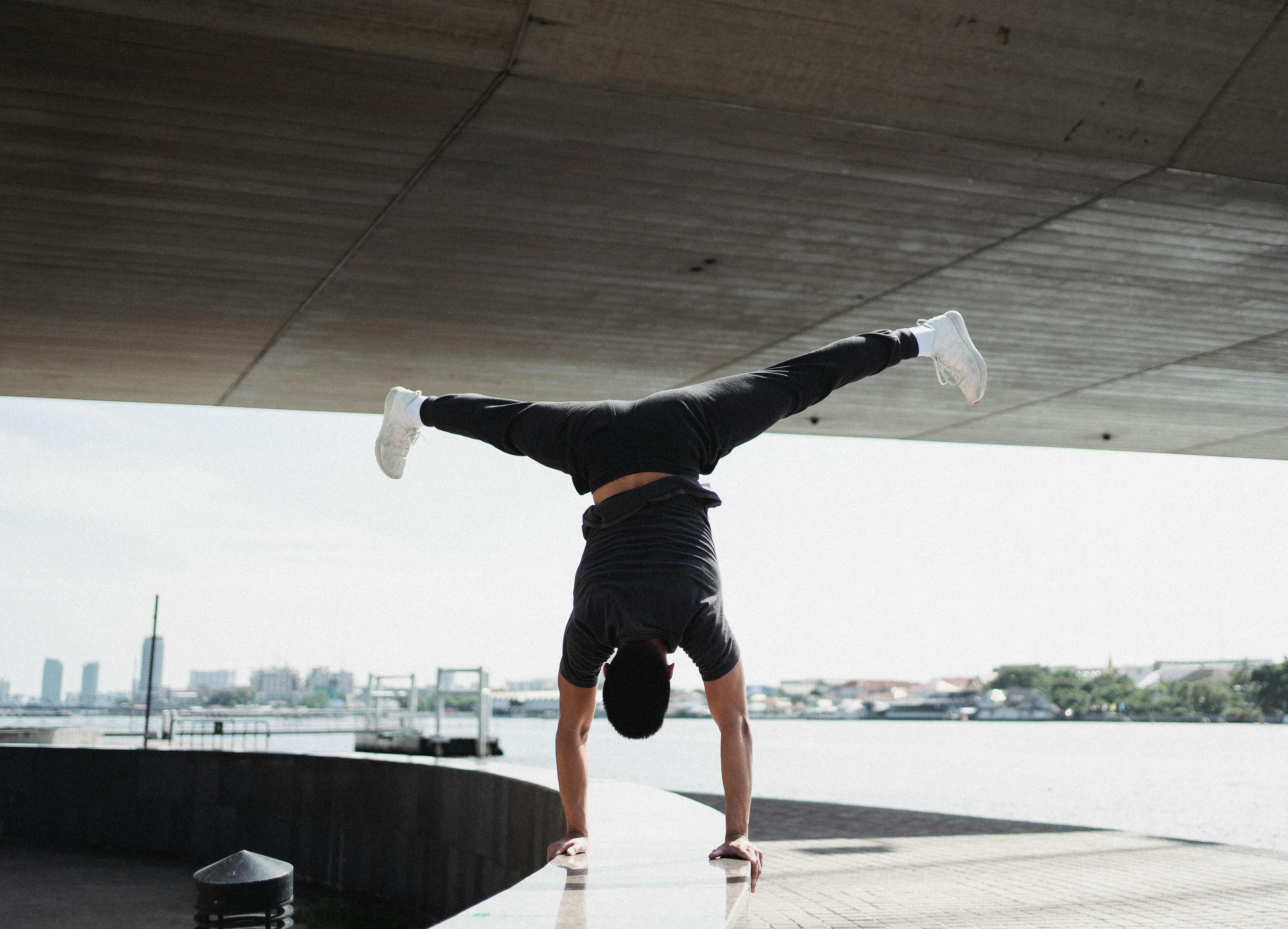Walking into a resort that offers physical therapy can be a bit daunting. You can see many unusual items placed around the treatment room, along with more familiar exercise equipment. If you’re in pain due to illness or injury, some of the things you see can make you a little nervous. If the therapists in this room are properly trained, you don’t need to be nervous at all.
The first thing that will be done after an evaluation and before the PT begins will be something to warm up the area to be worked on. Heating pads are a good start and actually feel pretty good. This warm-up will help your muscles and joints work better and be less likely to hurt. After your session, you can also have an ice pack to reduce any swelling caused by training. That feels pretty good too.
When the areas needing therapy are load bearing, aquatic therapy may be recommended. This makes for a “no impact” session and provides resistance to help build muscle faster. This can also be done for non-load-bearing joint problems, if that’s what your doctor thinks is best for you. (Don’t worry if you don’t know how to swim, most of these exercises are done in the shallow end of the pool, and understand those of us who are afraid of large amounts of water).
You can expect some kind of monitoring during the PT. If you’re in it as part of cardiac rehab, this monitoring is especially important and may include referrals that will show rhythm problems and other abnormalities. For injury-related PT, it will probably just be look and listen to prevent further damage.
If you feel pain, stop and let the therapist know. You’ve probably been told to take something for the pain half an hour before your session. If not, ask. The therapist may know that it will be painful, so they may give you advance notice and other instructions. If not, it may be a sign that his body is not yet ready for the exercise he has been given.
There are usually two main goals of this type of exercise. One is to relieve pain and the other is to improve range of motion. Both are done through a series of exercises that gradually build up stretched muscles, tendons, and ligaments to almost their original length and train the muscles to help the joints do the work.
You may notice some stiffness, both while doing the exercises and afterwards. This is normal at first, but should improve as you go through the sessions your doctor ordered. If there is not enough improvement, you may be given a different type of PT.
Expect your muscles to be tired. If you haven’t exercised your muscles for a period of time before you start, it will be a while before they can handle the extra requirements placed on them. This is different from muscle pain, which is also a possibility.
Physical therapy is an important tool that can help you recover from serious problems and get back to your normal routines. It’s a good idea to talk to your doctor before, during, and after going through the process. The doctor can then fine-tune what he is doing to achieve that lofty goal.
